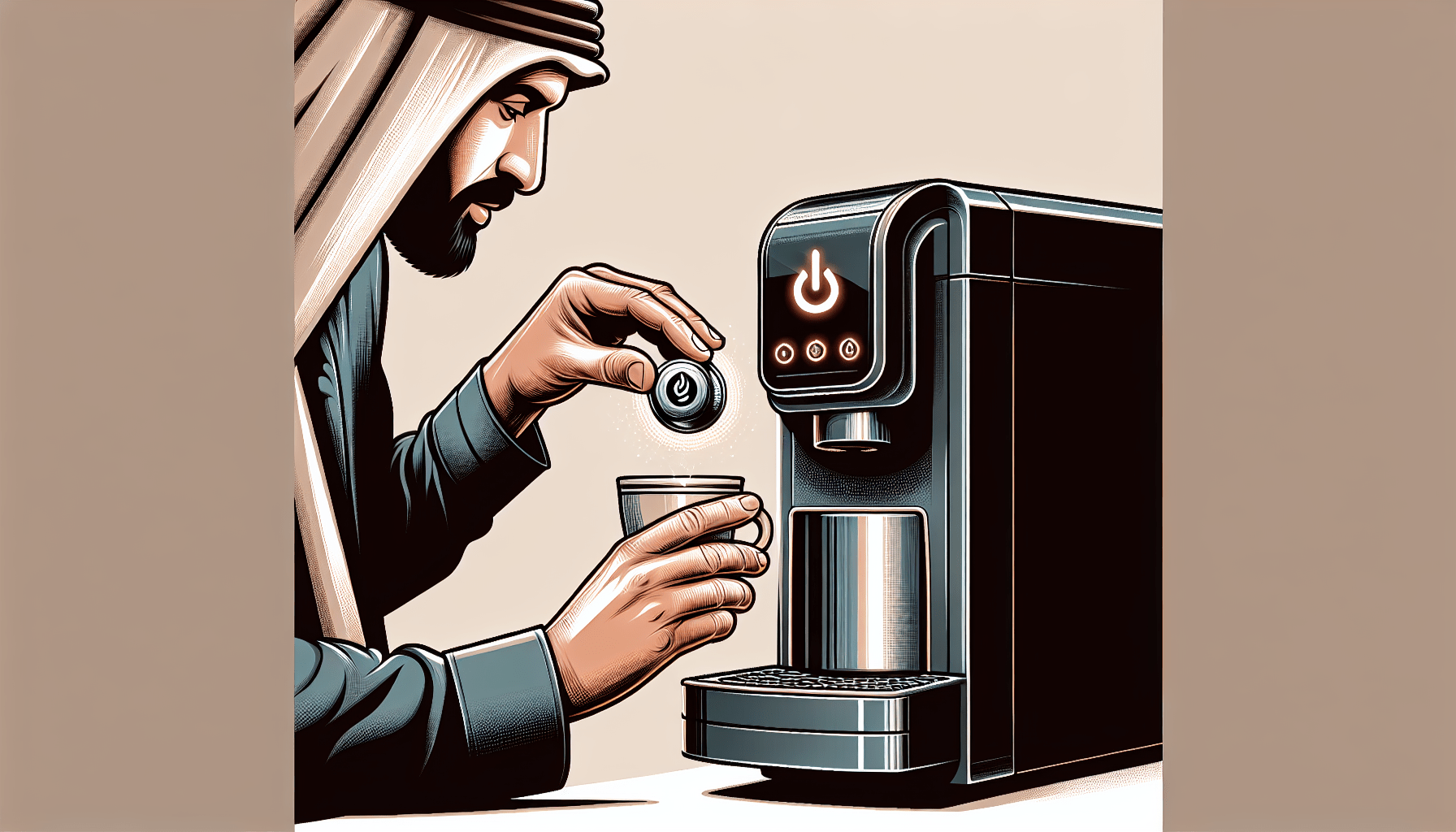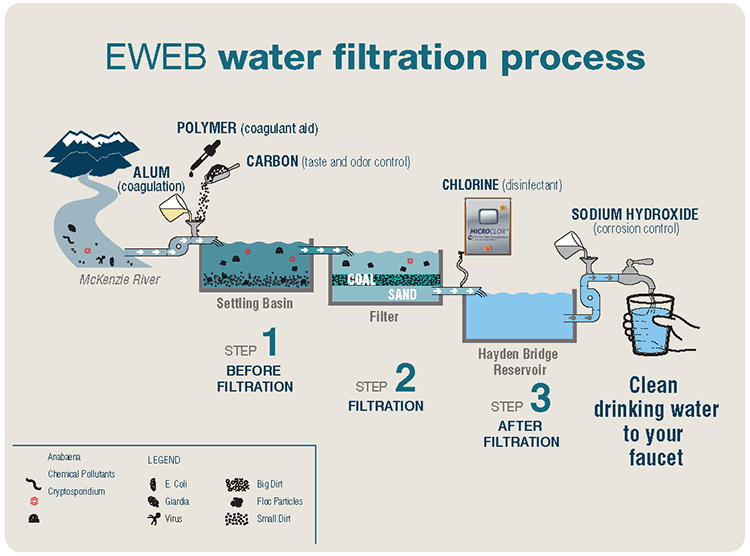In the enchanting world of coffee lovers, there is one question that often haunts the minds of anyone who relies on the convenience of a pod coffee maker: How long does it really take to preheat? Whether you are yearning for that first cup of joe in the morning or craving a mid-afternoon pick-me-up, the answer lies in the sweet spot between efficiency and the perfect brewing temperature. So, get ready to embark on a journey of discovery as we unravel the mysteries of preheating your beloved pod coffee maker.
Factors Affecting Preheating Time
Quality and Power of the Coffee Maker
The quality and power of your coffee maker play a crucial role in determining the preheating time. A higher-quality and more powerful coffee maker will typically heat up faster compared to a lower-quality or less powerful one. The heating elements of high-end coffee makers are designed to reach optimal temperatures quickly and efficiently, ensuring a shorter preheating time.
Initial Temperature
The initial temperature of your coffee maker also affects the preheating time. If you start with a cold or room temperature coffee maker, it will take longer to reach the desired brewing temperature compared to one that has been in use and is already warmed up. Therefore, it is recommended to preheat your coffee maker if you want to reduce the overall brewing time.
Ambient Temperature
The ambient temperature of your environment can impact the preheating time of your coffee maker. If you live in a colder climate or have your coffee maker placed in a chilly room, it will take longer for the machine to heat up. On the other hand, if you reside in a warmer climate or have a centrally heated room, the preheating time might be faster.
Recommended Preheating Time
Manufacturer Recommendations
To ensure optimal performance and flavor extraction, it is highly advisable to follow the manufacturer’s recommendations regarding preheating time. Different coffee maker brands may have specific guidelines that take into account the machine’s capabilities and design. These recommendations are typically stated in the user manual or on the manufacturer’s website.
Personal Preferences
In addition to manufacturer recommendations, your personal preferences also play a role in determining the preheating time. If you prefer your coffee to be brewed at a higher temperature, you might choose to preheat your coffee maker for a longer duration. On the other hand, if you enjoy a milder brew, a shorter preheating time might be sufficient for your taste. Experimenting with different preheating times can help you find the perfect balance for your coffee preferences.
Benefits of Preheating
Enhanced Flavor Extraction
One of the primary benefits of preheating your coffee maker is enhanced flavor extraction. When the brewing water is heated to the optimal temperature, it helps extract the delicate oils and flavors from the coffee grounds more effectively. This results in a richer and more flavorful cup of coffee. Preheating allows for a consistent and uniform brewing process, ensuring that the coffee beans’ full potential is realized in every sip.
Faster Brewing
Preheating your coffee maker can significantly reduce the overall brewing time. By starting with a preheated machine, the water reaches the desired brewing temperature much faster. This means you can enjoy your cup of coffee without having to wait for an extended period. Whether you’re rushing to work in the morning or simply craving a quick caffeine fix, preheating can help expedite the brewing process.
Consistent Results
Consistency is key when it comes to brewing the perfect cup of coffee. Preheating your coffee maker ensures consistent results throughout the brewing process. By starting with a preheated machine, the water temperature remains stable, resulting in consistent extraction and flavor profile. This eliminates any potential variations in taste that may occur if the machine is not adequately preheated.
Potential Drawbacks of Preheating
Energy Consumption
One potential drawback of preheating your coffee maker is increased energy consumption. Since the machine needs to be powered on for a longer duration to reach the desired brewing temperature, it can lead to higher electricity usage. However, the energy consumption associated with preheating is typically minimal compared to the overall energy usage of brewing a full pot of coffee.
Risk of Overheating or Burning
Another drawback to be mindful of when preheating your coffee maker is the risk of overheating or burning. It is crucial to follow the manufacturer’s recommendations and not exceed the recommended preheating time. Overheating can lead to damage to the machine and potentially cause a fire hazard. Additionally, if you inadvertently leave your coffee maker on for an extended period, it can result in burnt coffee and an unpleasant taste.
Preheating Techniques
Open Lid Method
The open lid method is a popular preheating technique that involves leaving the lid of your coffee maker open while it is heating up. By allowing the machine to vent, the preheating process is expedited as the heat can escape more efficiently. The open lid method is particularly useful for faster preheating, especially when you’re in a time crunch.
Hot Water Rinse Method
The hot water rinse method involves pouring hot water into the coffee maker and running it through a brewing cycle without any coffee grounds. This helps warm up the machine’s internal components and ensures that the brewing water starts at a higher temperature. The hot water rinse method is especially effective for coffee makers with a water tank that is separated from the brewing unit.
Programmable Features
Many modern coffee makers come equipped with programmable features that allow you to set a specific preheating time. These features enable you to customize and automate the preheating process according to your preferences. By utilizing programmable features, you can ensure that your coffee maker is ready to brew at your desired time without any manual intervention.
Common Preheating Times for Different Coffee Makers
Nespresso Machines
Nespresso machines are known for their quick preheating times. On average, Nespresso machines take about 15 to 30 seconds to preheat. This exceptional speed is due to the compact design and efficient heating elements of Nespresso machines. The rapid preheating time ensures that you can enjoy your freshly brewed Nespresso coffee in no time.
Keurig Machines
Keurig machines typically require a slightly longer preheating time compared to Nespresso machines. On average, Keurig machines take approximately 1 to 2 minutes to reach the optimal brewing temperature. The exact preheating time may vary depending on the specific model and features of the Keurig machine. However, the convenience and versatility of Keurig machines make the slightly longer preheating time worth it.
Tassimo Machines
Tassimo machines generally have a preheating time of around 30 to 60 seconds. These machines utilize advanced technology to rapidly heat up the brewing water and maintain a consistent temperature throughout the brewing process. With Tassimo machines, you can enjoy a hot and flavorful cup of coffee without having to wait for an extended preheating time.
Tips for Efficient Preheating
Plan Ahead
To minimize the preheating time, it is essential to plan ahead. If you have a routine or schedule when you typically enjoy your coffee, program your machine to preheat a few minutes before you intend to brew. This way, your coffee maker will be ready to go as soon as you’re ready for your caffeine fix, reducing any unnecessary waiting time.
Clean and Maintain Your Coffee Maker
Regular cleaning and maintenance of your coffee maker can significantly impact its preheating time. Over time, mineral deposits and residue can accumulate inside the machine, hindering its performance. It is advisable to descale your coffee maker periodically to remove any build-up and ensure optimal heating efficiency. A clean machine will preheat faster and deliver better-tasting coffee.
Use Insulated Mugs
Using insulated mugs or thermal carafes can help keep your coffee hotter for a more extended period. When you preheat your coffee maker, pour the brewed coffee directly into these insulated containers. The insulating properties of the mugs will help retain the heat, keeping your coffee warm for an extended duration. This allows you to enjoy your hot coffee over an extended period without it cooling down too quickly.
Alternative Brewing Methods
French Press
If you prefer a more hands-on and traditional brewing method, the French press is an excellent alternative. With the French press, preheating the coffee maker is not necessary. Instead, you preheat the water separately, typically by boiling it in a kettle, and then pour it into the French press. This heating technique ensures that the water is at the optimal temperature for brewing and eliminates the need for preheating the coffee maker.
Pour-Over
Another popular alternative brewing method is pour-over. Similar to the French press, pour-over does not require preheating the coffee maker. Instead, you preheat the water separately and pour it over the coffee grounds placed in a filter cone. This hands-on brewing method allows you to control the water temperature and the rate of pour, resulting in a customized and flavorful cup of coffee.
Conclusion
Preheating your coffee maker is a simple yet effective technique that can significantly enhance your coffee brewing experience. By considering factors such as the quality and power of your coffee maker, the initial temperature, and the ambient temperature, you can determine the optimal preheating time. Following manufacturer recommendations, experimenting with personal preferences, and utilizing different preheating techniques can help you achieve consistent brewing results. Despite potential drawbacks like increased energy consumption and the risk of overheating, the benefits of preheating, including enhanced flavor extraction and faster brewing, make it a worthwhile practice. Remember to clean and maintain your coffee maker, plan ahead, and use insulated mugs for efficient preheating. Additionally, exploring alternative brewing methods such as French press or pour-over can offer unique coffee experiences. So, take the time to preheat your coffee maker and savor the perfect cup of coffee every time.



